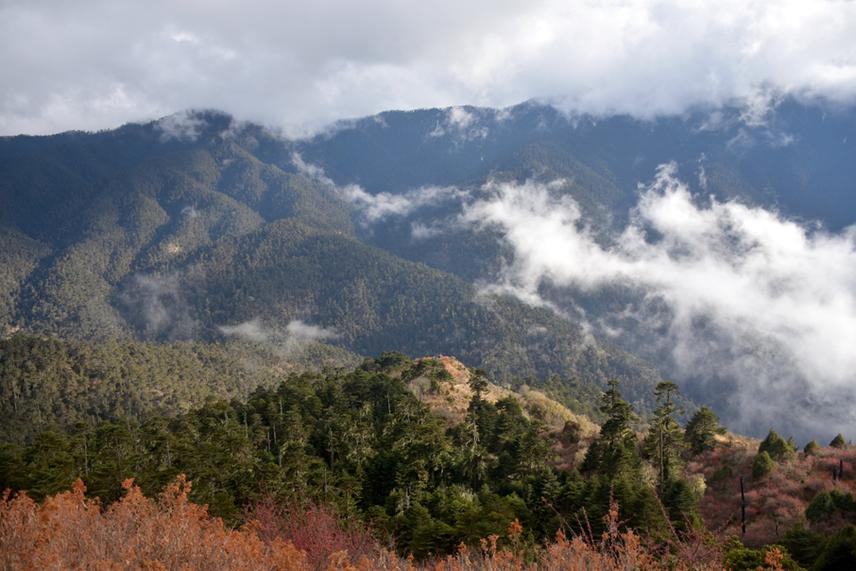Jambay Dorji
The aim of this project will ultimately map, identify, and predict forest fire-prone areas for early action and preparedness. Understanding nature and factors associated with forest fire will be important scientific knowledge to prevent and put early measures to control the fire. Thereby, intervening in the mitigation of fire and fire-related disasters with the right method, at the right time, and right place. This can be achieved by developing prediction modelling of forest fire Prone Areas in Bhutan with the help of the Artificial Neural Network, MaxEnt, GARP, and Support Vector Machine model. The result will be communicated with the forest department, relevant stakeholders, and policymakers at regional and national levels for effective planning to prevent and manage forest fires. Information will also be disseminated to local people for their corrective measures on the prevention of forest fire and safeguard them from fire-related disasters.

After identifying the Forest fire Prone areas, this particular area will be protected from Forest fire impact like biodiversity loss, disruption of ecological process and hydrogeological disasters such as floods, landslide and erosion. Additionally, this project contributes to an understanding of how the science and technology applications of remote sensing and GIS can be integrated with expert knowledge to improve forest management and this model will assist Bhutan’s Department of Forests and Park Services to update its current National Forest Fire Management Strategy. Therefore, it will minimize the ecological disaster and avert damage both for flora and fauna of the forest ecosystem of Bhutan.